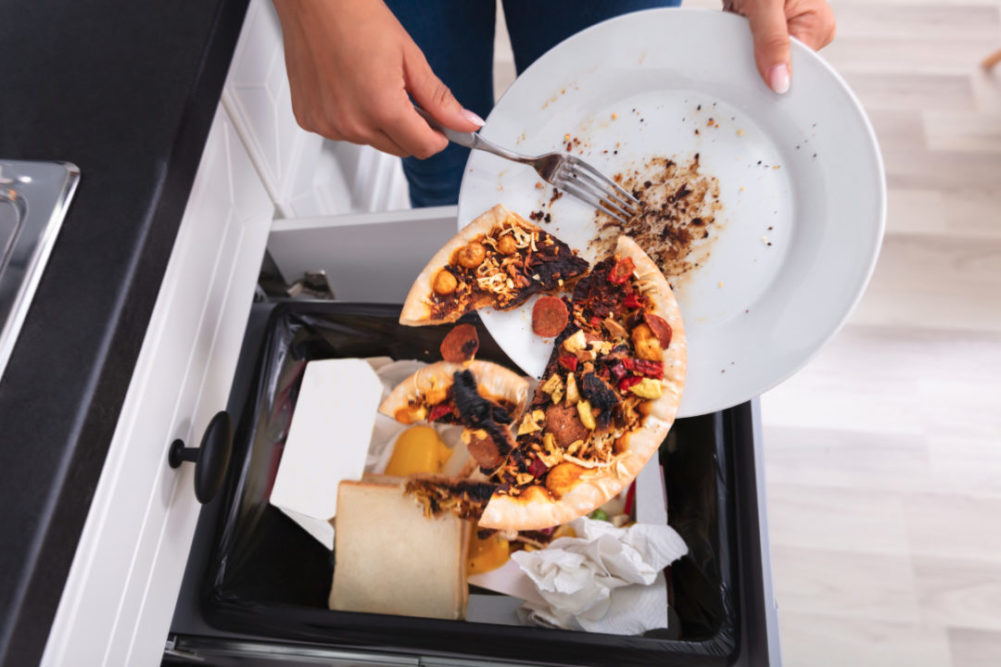KANSAS CITY — About a third of the edible food produced in the United States is wasted, according to the report “A national strategy to reduce food waste at the consumer level” published in 2020 by the National Academies Press.
“If you could imagine buying three bags of groceries, coming home and throwing one away,” said Barbara O. Schneeman, PhD, one of the report’s editors and a professor emerita at the University of California – Davis.
She gave details on the report in a July 20 presentation at the Institute of Food Technologists’ virtual FIRST conference.
“It’s very easy to look at those numbers around food waste and then criticize consumers,” said Dr. Schneeman, who served as chair on the Dietary Guidelines Advisory Committee that provided input for the Dietary Guidelines for Americans released last year. “We can’t do that. Consumers are responding to the drivers that are within the system. So if we want consumer behavior more in line with reducing food waste, we have to really think about those drivers.”
All actors in the food system, including food companies, restaurants, government and non-profit organizations, may educate consumers on reducing food waste.
“Whether it’s through marketing, through packaging, the retail setting, food literacy, they can all drive behavior, as well as media and media influencers, like chefs,” Dr. Schneeman said.
Manufacturers, retailers and foodservice venues could develop promotions that let consumers know the optimal amount of variety and products they should acquire rather than promoting over-acquisition, or buying more food than they need, according to the report.
Food industry trade associations, consumer organizations and other non-profit organizations could advocate for the passage of federal legislation to harmonize the language and standards for the use-of-date labels, and then they could educate consumers about the information on the date labels.
Jay Sanghani, a technologist in global dairy applications for Ingredion, Inc., Westchester, Ill., also spoke at the event, giving examples of how food companies may reduce food waste during product development. Companies run multiple trials to perfect a product, he said.
“That takes several trials,” Mr. Sanghani said. “That’s not very sustainable. You’re wasting a lot of ingredients to get to your final product.”
Artificial intelligence (AI) is one way to cut down on the number of trials needed. Formulators could provide input to the AI system on what qualities are desired in a finished product. He gave the example of creating a bean-based yogurt alternative that tastes like a dairy yogurt and has high viscosity and good texture.
“(AI) can take those inputs and give you solutions,” Mr. Sanghani said. “Instead of you running several trials to get to the same endpoint.”
AI might not be feasible for smaller companies and startups. Mr. Sanghani recommended they initially find out what already has been studied on the food product they are working on. Reading studies in scientific journals may keep them from making mistakes already made by other food formulators.
“Instead of jumping into trials, what if we do some more preliminary research?” Mr. Sanghani said.
Consumers not liking products and throwing them in the trash remains a primary source of food waste.
“Taste is king,” Mr. Sanghani said. “If you have a product that doesn’t taste good, doesn’t have good flavor or texture, no one is going to eat it.”

